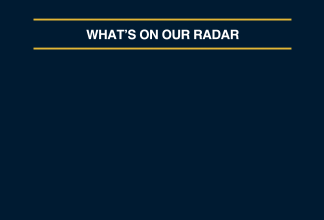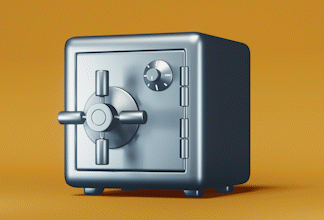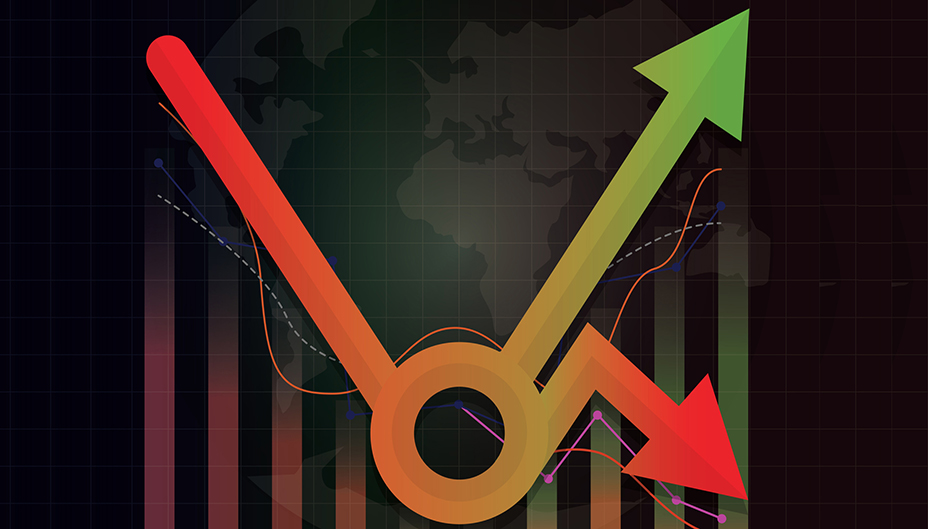What is a K-Shaped Recovery? The ABCs of Economics
Written by Judy McKinnon, The News Desk
Published on October 21, 2020
minute read
Share:
Move over V, U, W and L – there's a new letter in town being used to describe what's going on in the economy.
If you tuned in to the U.S. presidential debate a couple of weeks back, you would have heard Joe Biden discussing what he considers to be a K-shaped economic recovery underway in the U.S. It's a concept that's been garnering some attention regarding the Canadian economy as well. But just what does it mean?
At its most basic, a K-shaped recovery – as with any other letter used to describe the ebbs and flows of an economy – follows the shape of the letter, specifically the "arms" of the K. They represent a split in the economic recovery: Some portions of the economy are bouncing back and heading higher (think: /), while other areas are continuing to suffer (think: \).
We turned to Eric Lascelles, Chief Economist for RBC Global Asset Management, to find out more.
"The idea is that you have this divergent trajectory with the upper part of the letter K going up and the lower part going down. There are sectors that have been left behind and others that have completely normalized, or perhaps, never suffered all that much to begin with," says Lascelles.
While Lascelles says economists and forecasters like to try to fit economic movements into alphabet-like shapes, the approach doesn't always allow them to tell the full story. With the letter K, for instance, "one needs to look beyond the fact there's a vertical line at the start that does not in any way define what's been precisely going on."
Still, using letters can help get a message across. In the current environment, he points out, some sectors have been very limited as a result of pandemic-related restrictions and guidelines put in place, largely highly social sectors such as tourism, restaurants and stadiums. Conversely, the massive shift to online technologies has been a boon for some sectors and only minimally disruptive for others.
"Can we say that the 'good' (stronger) sectors are actively accelerating and the 'bad' (weaker) sectors are actively slowing right now? It's not quite that. Probably the simplest way to describe it is that each category is on a different pace of recovery," Lascelles says. Still, he's quick to point out that "every recession involves winners and losers, and leaders and laggards, so this is not completely unique."
Beyond different sectors, when thinking of the disproportionate impacts of a K-shape recovery, Lascelles says there are also wider considerations, namely the fact that there are groups that have been left behind. "You can equally frame this as people who haven't lost their jobs and others who have," he notes, adding that inequality then becomes a key part of the current conversation. "All recessions increase inequality, but this is one that has particularly done that," he says.
From an investor perspective, how should you think of things in today's economic environment?
"One of the things I've been saying is that when you think of all these enduring implications of COVID-19, vanishingly few of them are set to be truly permanent. And so I think the question investors need to ask themselves is whether there are opportunities in areas that may be affected now, but that are expected to normalize once a vaccine is in place and things are under control," he says. On top of that, he notes that risk-return considerations are always important for investors, as are wider "thematic" issues, such as the upcoming U.S. election, for example.
As far as letters or shapes go, which ones may be in play in the months ahead? While Lascelles admits there is no perfect letter or symbol to ultimately describe the economy, he leans towards a certain sporting giant's popular "swoosh" symbol – the one that looks a bit like an off-kilter checkmark. "In no recession do you ever recover all that was lost as quickly as it was lost. It's always a slower recovery. So the swoosh is almost your default shape," he says.
RBC Direct Investing Inc., RBC Global Asset Management Inc. and Royal Bank of Canada are separate corporate entities which are affiliated. RBC Direct Investing Inc. is a wholly owned subsidiary of Royal Bank of Canada and is a Member of the Investment Industry Regulatory Organization of Canada and the Canadian Investor Protection Fund. Royal Bank of Canada and certain of its issuers are related to RBC Direct Investing Inc. RBC Direct Investing Inc. does not provide investment advice or recommendations regarding the purchase or sale of any securities. Investors are responsible for their own investment decisions. RBC Direct Investing is a business name used by RBC Direct Investing Inc. ® / ™ Trademark(s) of Royal Bank of Canada. RBC and Royal Bank are registered trademarks of Royal Bank of Canada. Used under licence. © Royal Bank of Canada 2020.
The views and opinions expressed in this publication are for your general interest and do not necessarily reflect the views and opinions of RBC Direct Investing. Furthermore, the products, services and securities referred to in this publication are only available in Canada and other jurisdictions where they may be legally offered for sale. If you are not currently resident of Canada, you should not access the information available on the RBC Direct Investing website.
Explore More

Here’s What Every Canadian Should Know About Estate Planning
Insights from Leanne Kaufman to help you feel more confident as you plan
minute read

3 Things We're Watching This Week
What the Inspired Investor team is watching
minute read

What’s Driving the Recent Surge in Gold Prices
Here are some things to watch with the gold market
minute read
Inspired Investor brings you personal stories, timely information and expert insights to empower your investment decisions. Visit About Us to find out more.







